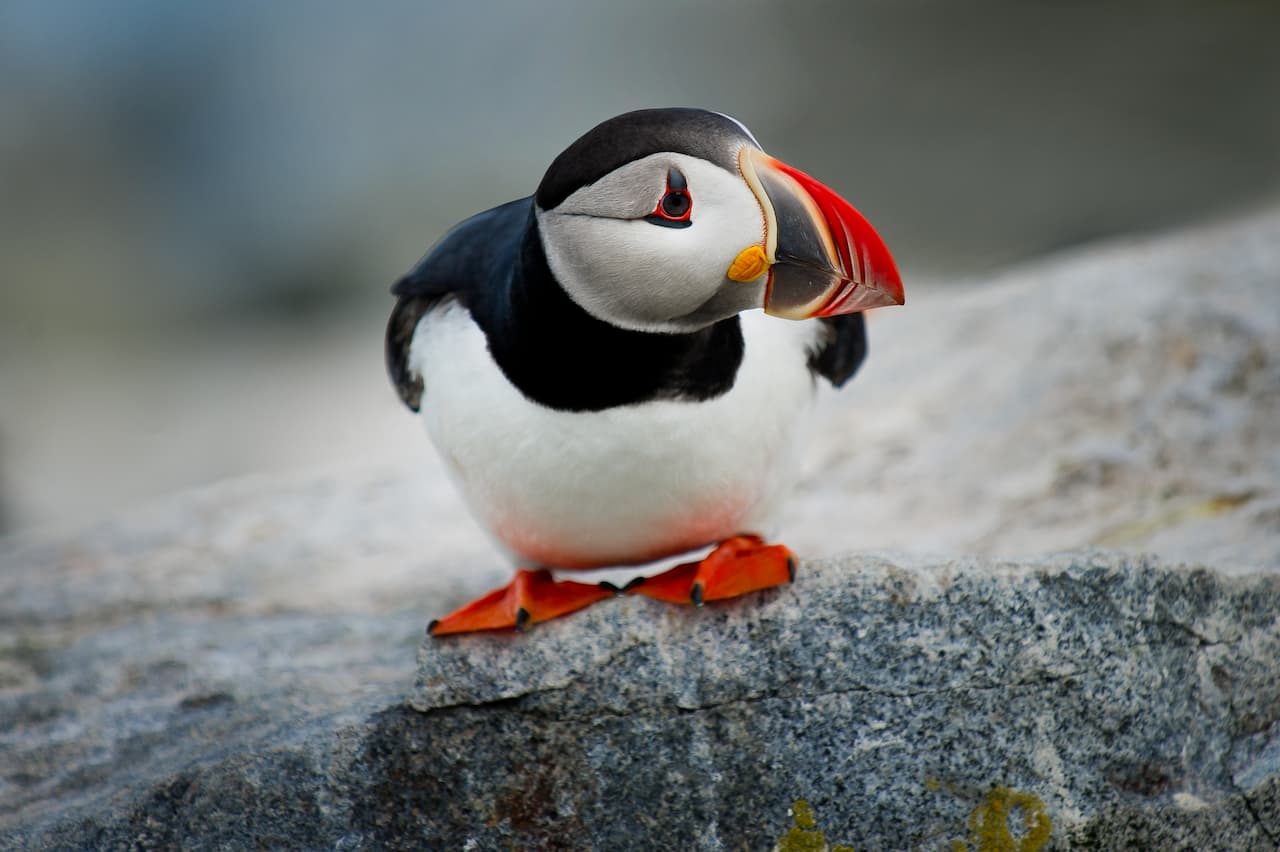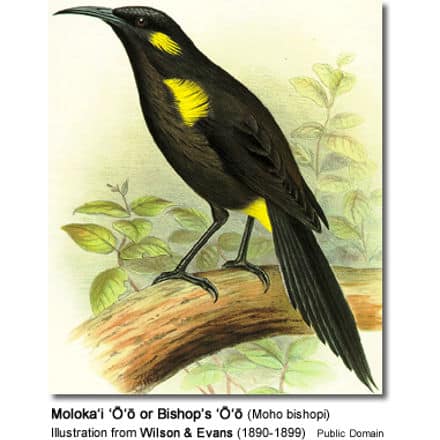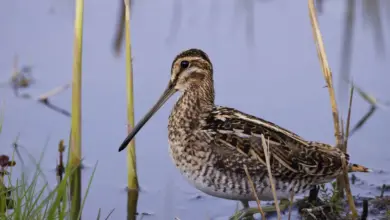New World Warbler or Wood-warbler
The New World warblers – also commonly referred to as wood-warblers – consist of small, often colorful perching birds found in the Americas (New World).
They are unrelated to the Old World warblers (Sylviidae) or the Australian warblers.
Most members of this family are insectivores.
Many migratory species, particularly those breeding further north, have distinctive male plumage at least in the breeding season, since males need to reclaim territory and advertise for mates each year.
This tendency is particularly marked in the large genus Dendroica. In contrast, resident tropical species, which pair for life, show little if any sexual dimorphism (visual physical differences between the sexes).
The exceptions to this rule are the Seiurus waterthrushes and Ovenbird, which are strongly migratory, but males and females look identical. However, the mostly tropical and sedentary (non-migratory) yellowthroats have distinct differences between the genders.
Species of New World Warbler or Wood-warbler
Description
These warblers are fairly small.
The smallest species is Lucy’s Warbler (Vermivora luciae) weighing about 6.5 grams and measuring about 10.6 cm (4.2 inches) in length..
The largest species is the Yellow-breasted Chat (Icteria virens) weighing about 27 grams and measuring about 19 cm (7.5 inches) in length.
Breeding / Nesting
The migratory species tend to produce larger clutches of eggs, generally up to six.
The tropical species only average two eggs.
Species list in taxonomic order





